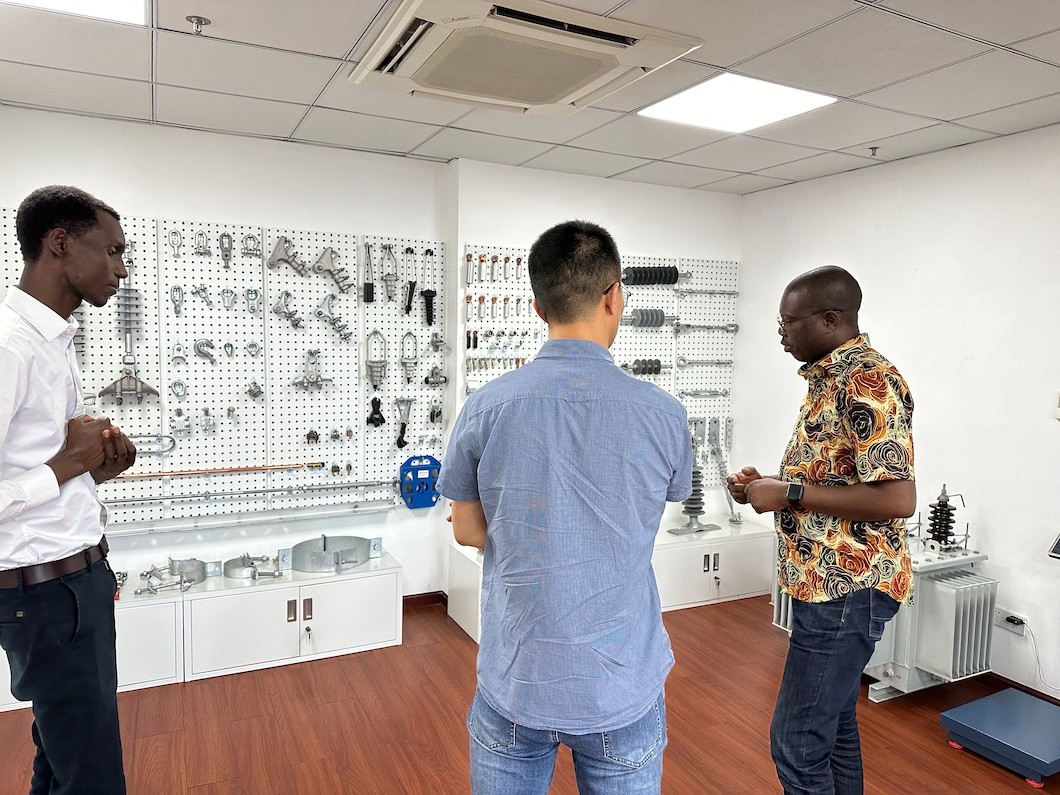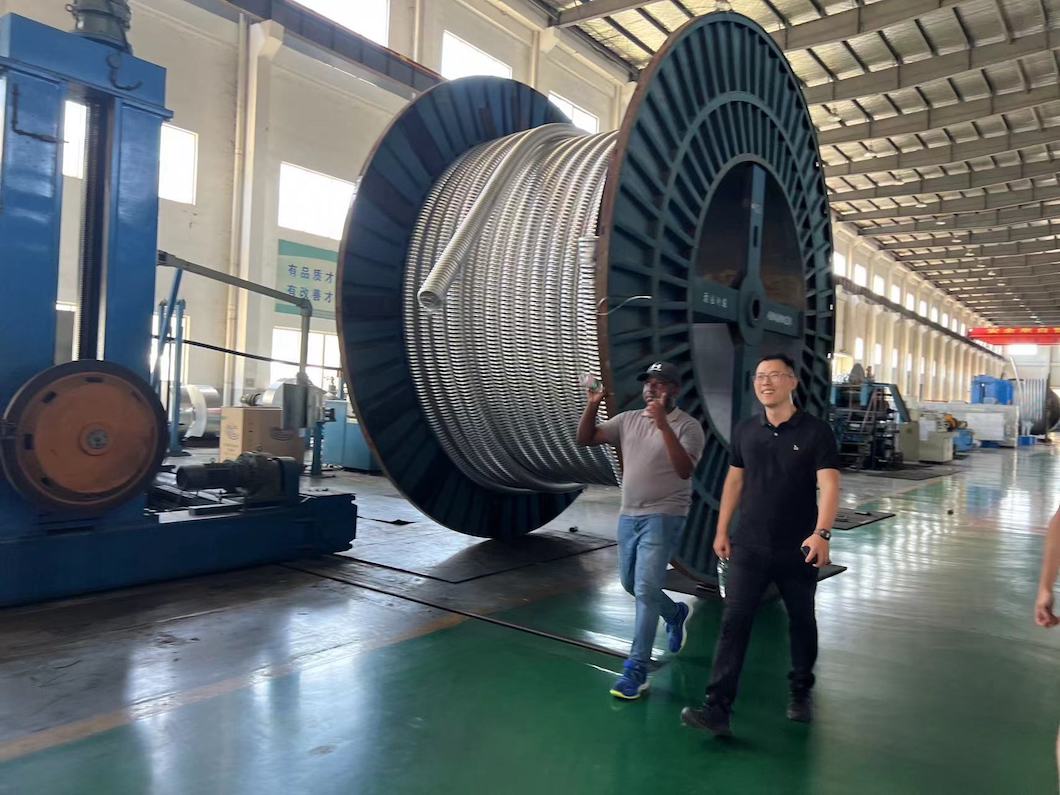| Catalog No. | Dimensions(mm) | Failure Load(KN) | Weight(KG) | |||||||
| d | b | C | Φ | H1 | H | |||||
| ZH-7 | 16 | 16 | 24 | 20 | 57 | 95 | 70 | 0.85 | ||
| ZH-10 | 18 | 16 | 24 | 20 | 57 | 100 | 100 | 1.12 | ||
| ZH-12 | 20 | 16 | 24 | 24 | 65 | 115 | 120 | 1.2 | ||
| ZH-16 | 22 | 18 | 26 | 26 | 75 | 135 | 160 | 1.8 | ||
| ZH-21 | 24 | 26 | 32 | 30 | 75 | 150 | 210 | 2.3 | ||
| ZH-07100 | 16 | 16 | 24 | 20 | 57 | 95 | 70 | 0.9 | ||
| ZH-10100 | 16 | 16 | 24 | 20 | 57 | 95 | 100 | 1 | ||
| ZH-12115 | 18 | 16 | 22 | 24 | 65 | 115 | 120 | 1.1 | ||
1.Structure:
1)A closed eyebar typically has a rectangular cross-section of constant thickness throughout its length, with a constant width except at the ends.
2)The ends transition to a wider part terminated by a rounded end, where a hole receives a cylindrical pin.
3)Open eyebars are not used in the cable anchorages of modern wire-cable suspension bridges, as they do not allow wires to be looped over the eye.
2.Applications:
1)Trusses: Eyebars are used in portions of pin-jointed trusses where they experience only tension.
2)Roof Truss Framing: Eyebars supplement roof truss framing supports made of wood or metal.
3)Suspension Bridges: Eyebar links have long been used in suspension bridges, forming a highly redundant structure when combined.























